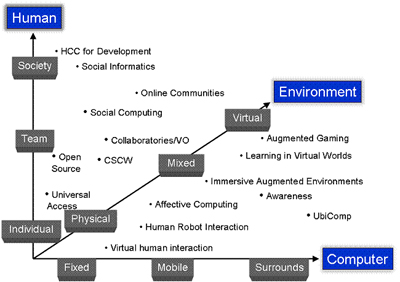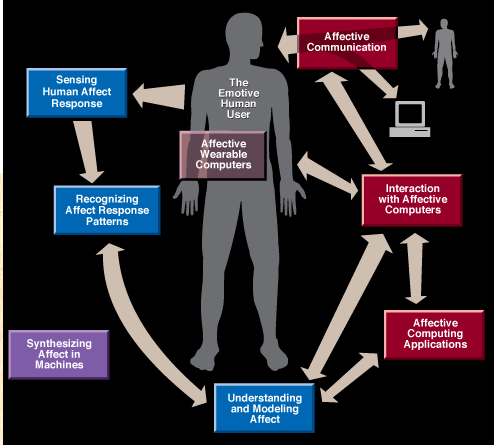My umbrella area of research is advanced learning technologies including artificial intelligence, and I have been working in this area for over 30 years, starting with my first job after college where I designed educational animations for an engineering firm. Going even farther back I programmed educational games on my TI-94A as a 12-year old. Well, that makes it 40+ years in the field (am I really that old?) All I know is that from the beginning I was hooked!
I am particularly excited about the potential of technology to empower us not just for traditional learning but also for supporting socio-emotional outcomes like empathy, self-regulation and creativity.
I conduct experimental and mixed methods research as well as implement phenomenological and Wizard of Oz research approaches. Research areas of particular interest to me are listed below.



